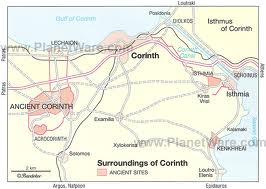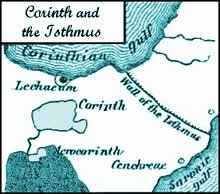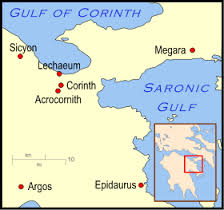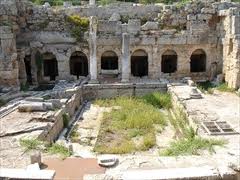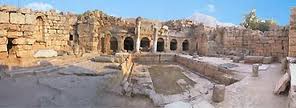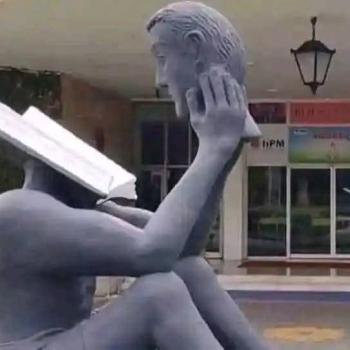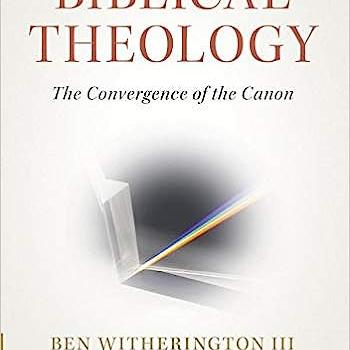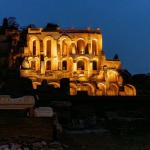Here is a small map showing Corinth, the isthmus, and the two seaports east (Cenchreae) and west (Laecheum) which served Corinth.
The modern day canal through the Isthmus did not exist in Paul’s day—-
 While the canal was begun to be dug in Nero’s day, in fact it was not completed prior to Napoleon’s day! In Paul’s day little ships were placed on carriers and dragged across the two miles of the isthmus on a road called the diolkos.
While the canal was begun to be dug in Nero’s day, in fact it was not completed prior to Napoleon’s day! In Paul’s day little ships were placed on carriers and dragged across the two miles of the isthmus on a road called the diolkos.
One more aspect of city life is worth discussing. The macellum or meat market which Paul refers to in 1 Corinthians 8-10 seems to have been behind the fountain of Pirene seen here…
The meat would be hung in the alcoves over the flowing water with the cool air wafting up and helping keep the meat from spoiling. Overwhelmingly, the meat in the market came from the sacrifice left overs from the pagan temples. Jewish Christians tended to have scruples about eating such meat, Gentiles did not. It is interesting that while Paul agrees with the strong (Gentile) Christians that it is alright to eat the meat, regardless of where it came from, he seeks to protect the scrupulous Jewish Christians who objected to eating non-kosher meat.


